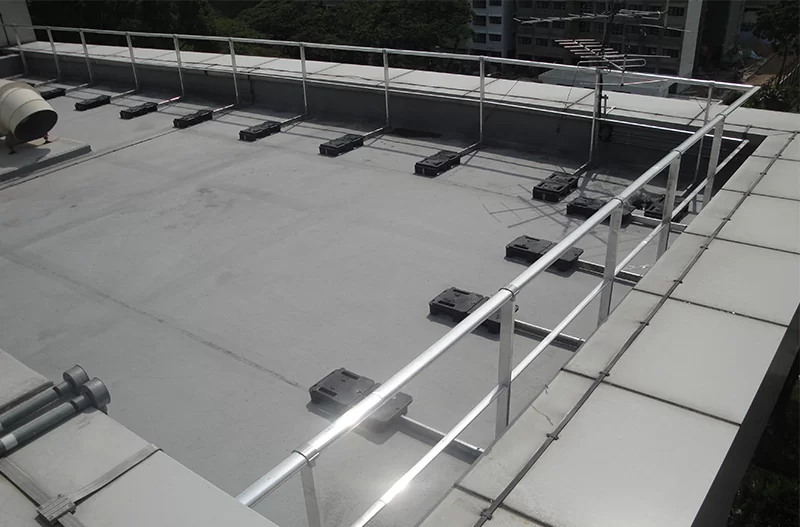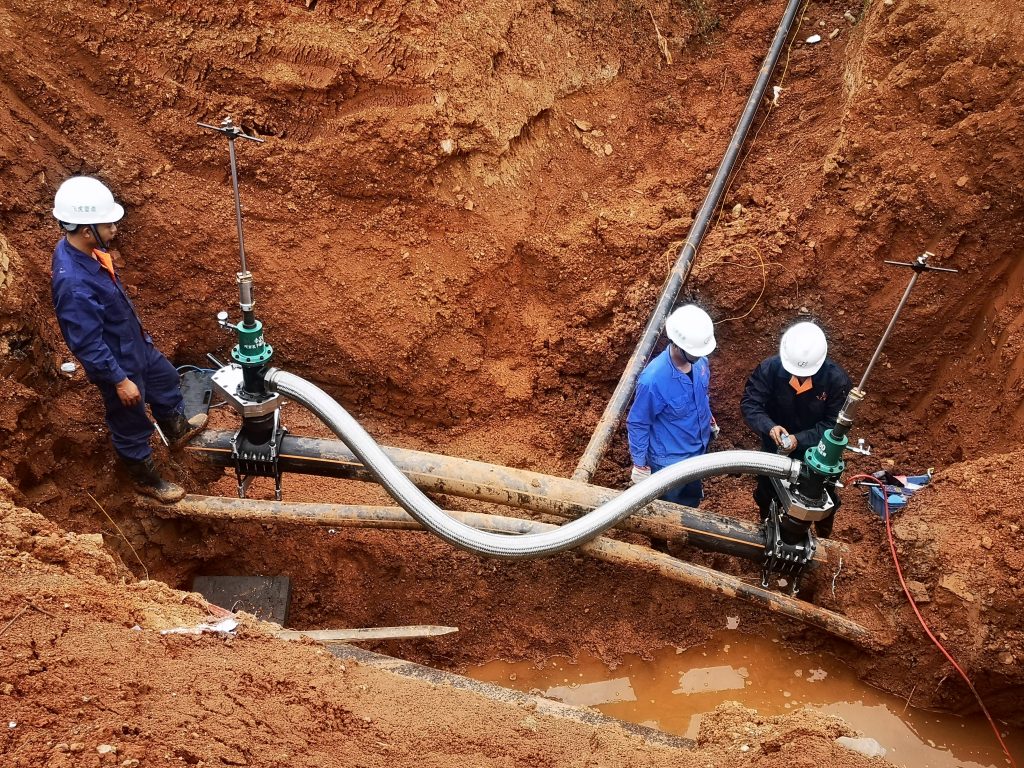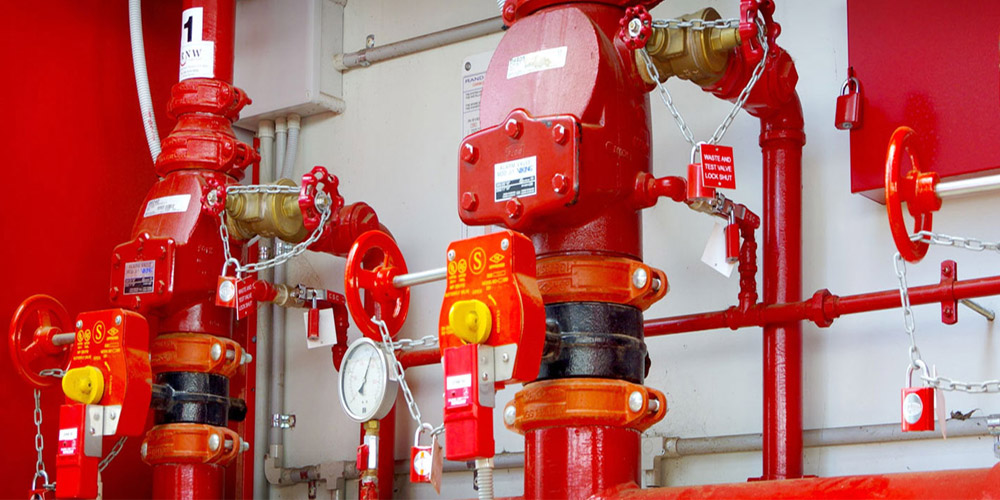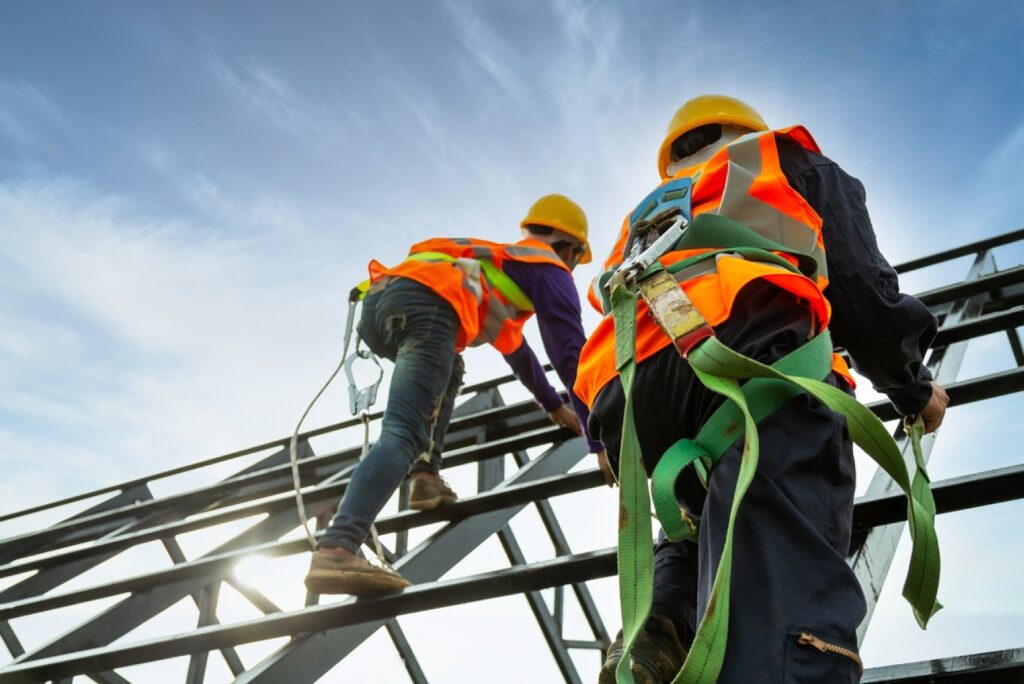Road safety remains a critical concern in the Philippines, where increasing traffic and infrastructure development demand effective protective measures. Guardrail solutions serve as essential components in safeguarding drivers, pedestrians, and property along busy highways, bridges, and rural roads. Accidents caused by vehicles leaving the roadway are often severe, resulting in injuries, fatalities, and property damage. A well-engineered guardrail solution can prevent these incidents, minimizing both human and financial loss. The Philippines, with its diverse terrain ranging from mountainous regions to densely populated urban streets, requires versatile and durable road protection systems. Implementing guardrails not only secures roadways but also reassures the public about safe travel. With proper planning, installation, and maintenance, guardrail solutions contribute significantly to reducing accident-related risks.
Guardrail solutions in the Philippines come in various types, each designed to meet specific safety and structural needs. Steel W-beam guardrails are widely used due to their durability, flexibility, and ability to absorb vehicle impact efficiently. Concrete barrier guardrails offer high-strength protection and are often used in urban highways and bridge projects. Cable barrier systems, while lightweight, are effective in redirecting vehicles and reducing the severity of crashes, particularly on divided highways. Modular and temporary guardrails are crucial in construction zones, ensuring both workers and drivers remain safe. Choosing the right type involves considering cost, installation requirements, and intended function. Each option provides unique benefits that address the distinct challenges of road safety across the Philippines. Assessing traffic volume, accident history, and terrain is vital to determining the most suitable guardrail system.
Selecting a guardrail solution involves evaluating key features that ensure longevity, safety, and efficiency. Impact resistance is a primary factor, as guardrails must absorb and redirect energy from collisions without failing. Corrosion resistance is especially important in the Philippines, where high humidity and frequent rainfall can accelerate material degradation. Ease of maintenance affects long-term operational costs, making accessible designs preferable. Compliance with Philippine road safety regulations and Department of Public Works and Highways (DPWH) standards ensures that installations meet legal requirements and safety benchmarks. Adaptability to different terrains, from flat urban streets to mountainous highways, is essential for proper performance. Other considerations include the guardrail’s aesthetic integration into the environment and its potential to guide traffic effectively. Prioritizing these features ensures that a guardrail system remains functional and reliable over time.
The installation of guardrails in the Philippines follows a structured process to ensure safety and effectiveness. It begins with a thorough site assessment, which evaluates terrain, traffic patterns, and potential hazards. Materials are then selected based on durability, compliance standards, and environmental factors. The installation procedure typically involves measuring and marking posts, securing the base, attaching guardrail panels, and ensuring alignment and tension, especially for cable barriers. Proper installation also requires planning for traffic control during construction to prevent accidents and maintain smooth flow. Common challenges include uneven terrain, soil instability, and weather conditions, which may require additional reinforcement or modified techniques. Ensuring that workers follow safety protocols throughout installation is critical to prevent injuries and guarantee that the guardrail performs as intended.
Maintenance and regular inspection are essential to prolong the lifespan of guardrail systems and maintain safety standards. Routine inspections help identify wear and damage caused by collisions, weathering, or corrosion. Guardrails showing signs of rust, deformation, or loose attachments must be repaired or replaced promptly to prevent failures. Maintenance practices often include tightening bolts, repainting exposed metal surfaces, and clearing debris around the barriers. Seasonal weather, particularly typhoons and heavy rains, can exacerbate structural weakness, highlighting the need for vigilant monitoring. Proper documentation of inspections ensures accountability and facilitates timely interventions. By adhering to a proactive maintenance schedule, guardrail systems remain functional and reliable, providing continuous protection for road users.
Investing in guardrail solutions offers several tangible benefits for the Philippines’ road infrastructure. First, it significantly enhances road safety, reducing the likelihood and severity of accidents. Second, it protects infrastructure and vehicles from severe damage during collisions, which can lead to costly repairs and traffic disruptions. Third, well-maintained guardrails increase public confidence in the transportation system, encouraging safe commuting habits. Fourth, these systems provide long-term cost efficiency by reducing accident-related expenses and minimizing frequent replacements. Finally, guardrails help guide traffic efficiently, particularly in areas prone to accidents or heavy congestion. Choosing an appropriate solution ensures that both human and financial resources are safeguarded, making it a wise investment for local governments and private developers.
Selecting the right guardrail supplier in the Philippines is crucial to achieving a high-quality installation. Reliable suppliers should demonstrate extensive experience, proper certifications, and a strong understanding of local road conditions and regulatory requirements. Factors such as material quality, adherence to safety standards, and the ability to provide after-sales support are essential. Suppliers offering installation assistance and guidance can streamline the process, ensuring that guardrails are correctly installed and maintained. Local expertise is particularly valuable in the Philippines, where unique environmental and geographical challenges can affect guardrail performance. Verifying client references and previous projects helps gauge supplier reliability. A reputable supplier ensures that the guardrail solution meets both safety and performance expectations, creating long-lasting value for road infrastructure projects.
Benefits of Guardrail Solutions at a Glance
- Reduces the risk of severe accidents and fatalities
- Protects vehicles and infrastructure from collision damage
- Enhances public confidence in road safety
- Complies with local and national safety regulations
- Offers long-term cost efficiency through durability and low maintenance
- Guides traffic effectively, especially in high-risk areas
- Provides adaptable solutions for diverse terrains and road types
Frequently Asked Questions (FAQ)
1. What is the lifespan of a typical guardrail in the Philippines?
A standard guardrail, depending on material and maintenance, can last 10–20 years. Steel guardrails may require periodic repainting or corrosion protection, while concrete barriers tend to last longer with minimal upkeep.
2. Are guardrails mandatory on all highways and major roads?
Guardrails are required on high-risk roads, including highways, bridges, sharp curves, and areas with steep embankments, following DPWH regulations. Not every street requires them, but their presence significantly improves safety.
3. How much does a standard guardrail installation cost per meter?
Costs vary depending on material, type, and terrain complexity. Steel W-beam guardrails generally range from PHP 2,000 to PHP 4,500 per meter, while concrete barriers can be higher due to material and labor requirements.
4. Can guardrails withstand extreme weather conditions in the Philippines?
Yes. Properly designed and installed guardrails are engineered to withstand heavy rain, strong winds, and occasional flooding. Regular maintenance ensures their durability against tropical weather conditions.
5. How long does it take to install a standard guardrail section?
Installation time varies by terrain, type, and site preparation. Typically, a team can install 50–100 meters per day for W-beam steel guardrails under standard conditions. Complex terrain may extend the timeframe.
Guardrail solutions in the Philippines play a crucial role in enhancing road safety and protecting infrastructure. From selecting the right type and supplier to ensuring proper installation and maintenance, each step contributes to the overall effectiveness of the system. By investing in high-quality guardrails, local governments, construction companies, and private developers can provide safer travel conditions, reduce accident-related costs, and increase public trust in road networks. Implementing these solutions strategically ensures that both urban and rural roads remain secure and navigable for years to come.
Takeaway: Guardrail solutions in the Philippines are not just structural necessities—they are vital safety investments. Selecting the right type, supplier, and maintenance approach ensures long-term protection for road users, infrastructure, and communities. Prioritizing guardrails is a proactive step toward a safer, more resilient transportation system.
















